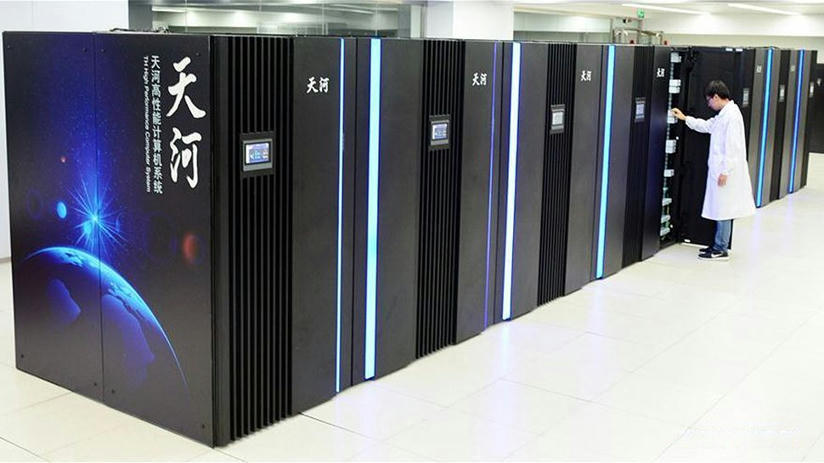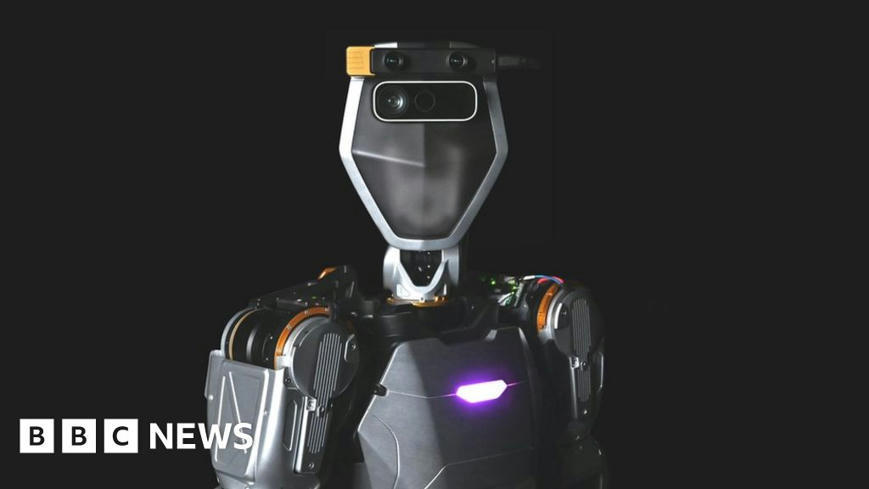
By allowing the use of AI tools proven to be safe, but requiring them to be used within explicit guidelines, you can alleviate both employee frustration and organizational risk.
Read the full article at: www.infoworld.com

By allowing the use of AI tools proven to be safe, but requiring them to be used within explicit guidelines, you can alleviate both employee frustration and organizational risk.
Read the full article at: www.infoworld.com

National Supercomputing Center in Wuxi builds a yet another supercomputer that claims exascale performance. After the U.S. government imposed crippling sanctions against select Chinese high-tech and supercomputer companies through 2019 and 2020, firms like Huawei had to halt chip development; it is impossible to build competitive processors without access to leading-edge nodes. But Jiangnan Computing Lab, which develops Sunway processors, and National Supercomputing Center in Wuxi kept building new supercomputers and recently even submitted results of their latest machine for the Association for Computing Machinery’s Gordon Bell prize.
The new Sunway supercomputer built by the National Supercomputing Center in Wuxi (an entity blacklisted in the U.S.) employs around feature approximately 19.2 million cores across 49,230 nodes, reports Supercomputing.org. To put the number into context, Frontier, the world’s highest-performing supercomputer, uses 9472 nodes and consumes 21 MW of power. Meanwhile, the National Supercomputing Center in Wuxi does not disclose power consumption of its latest system.
Read the full article at: www.tomshardware.com

Advances in AI are accelerating the development of humanoid robots.
Imagine the biggest market for a physical product you can. Are you thinking of mobile phones? Cars? Property?
They are all chunky markets but in the coming decades a new product will be rolled out that will dwarf those giants, says Geordie Rose, the chief executive of Sanctuary AI.
The Vancouver-based firm is developing a humanoid robot called Phoenix which, when complete, will understand what we want, understand the way the world works and have the skills to carry out our commands.
Read the full article at: www.bbc.com

Information comes in many forms. Some information is unstructured—like text documents, rich media, and audio—and some is structured—like application logs, tables, and graphs. Innovations in artificial intelligence and machine learning (AI/ML) have allowed us to create a type of ML model—embedding models. Embeddings encode all types of data into vectors that capture the meaning and context of an asset. This allows us to find similar assets by searching for neighboring data points. Vector search methods allow unique experiences like taking a photograph with your smartphone and searching for similar images.
Read the full article at: aws.amazon.com